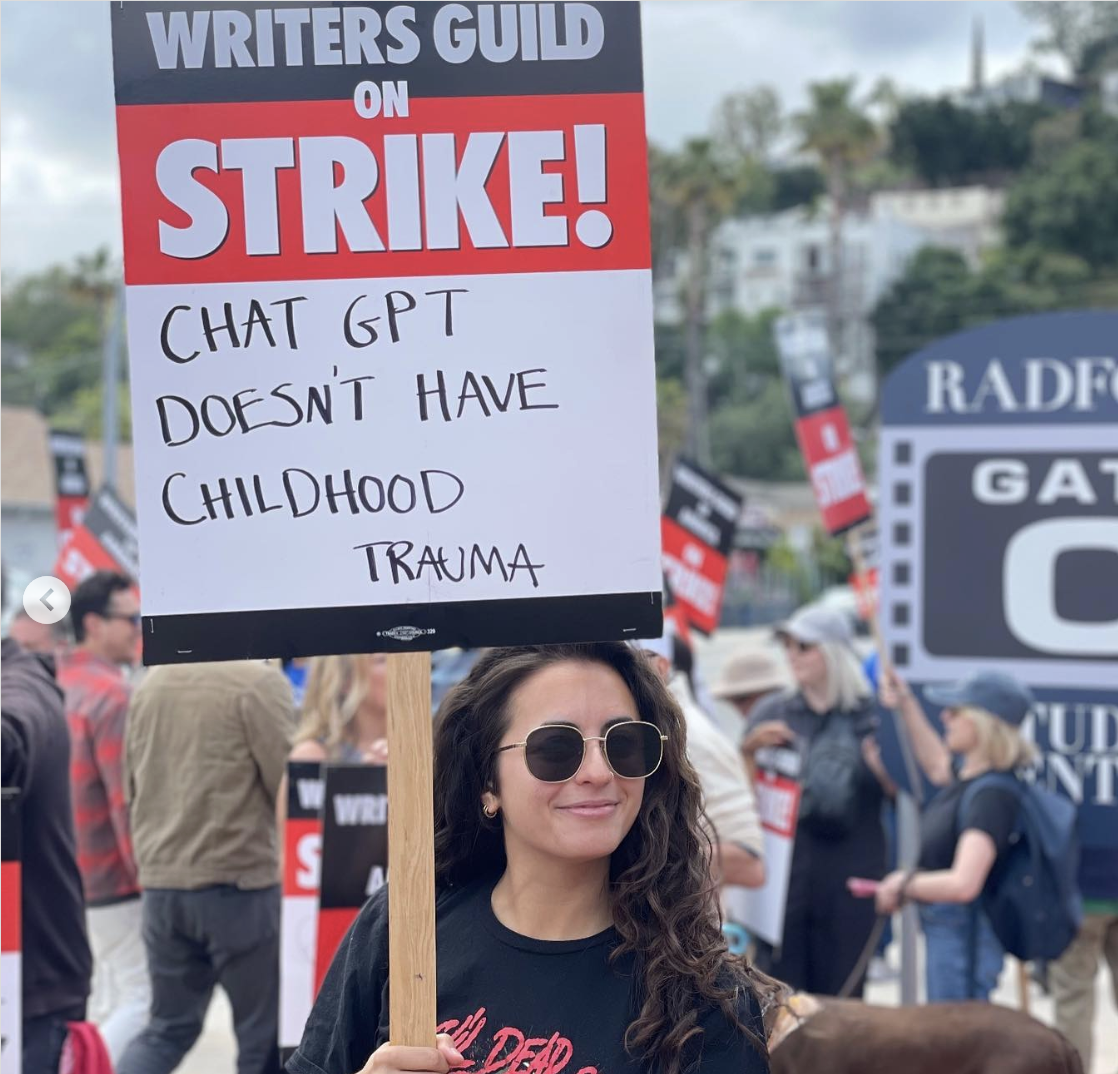Thursday October 2, 2025
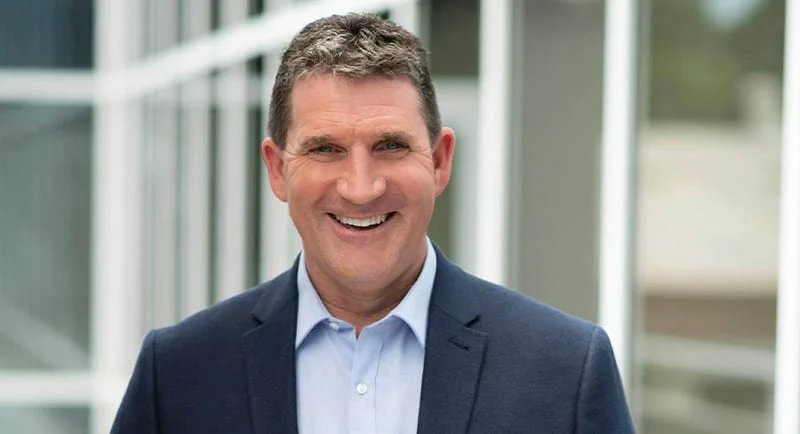
ARN succession plan: Michael Stephenson to replace CEO Ciaran Davis
ARN Media has announced a major leadership change, with long-serving chief executive Ciaran Davis set to step down in January 2026 after 16 years in the role.
Chief operating officer Michael Stephenson will take over as CEO, marking a carefully managed succession for one of Australia’s biggest media companies.
According to an all-staff email sighted by Mediaweek, Davis and the board had been “working on a succession plan for over a year now”.
Davis continued: “Over the coming months, Michael and I will work closely with the board to make sure the handover is seamless. At the same time, my focus is firmly on supporting the business-delivering a strong Upfronts in October and driving our transformation program forward aimed at building a stronger, more agile ARN that can innovate quickly, serve audiences and clients even better, and position us for sustainable growth in the exciting audio sector,” he wrote.
The news appears to be received well internally. Upon hearing the news about Davis’ decision to stand down, a source within the company contacted Mediaweek offering little more than a single word: “Glorious”.
Sweet sixteen
Davis, who has overseen ARN’s transformation through the launch of iHeartRadio, the recruitment of headline radio talent, and the sale of Adshel and Soprano Design stakes, said it was the right moment to hand over.
“It has been a privilege to lead ARN Media over the past 16 years, working alongside a talented and passionate team,” Davis said in a market announcement.
“With a clear transformation strategy in place and an excellent successor in Michael, I believe now is the right time to step aside.”
Davis officially stepped down from the ARN board this week but will continue to work with Stephenson and the directors through the transition period.
ARN chair Hamish McLennan said Davis had been “outstanding” in navigating a rapidly changing media environment and praised Stephenson’s credentials: “Michael brings deep experience and understanding of our strategy and operations, as well as the broader media industry, making him the ideal candidate to drive the company forward through its next phase.”
For his part, Stephenson said: “It is a great honour to lead ARN Media. We have the biggest stars, the best brands, a global streaming platform and an incredible team.
“We have a bold vision for the future and are well positioned to take advantage of a range of new and emerging opportunities that will benefit our audience, our advertisers and our shareholders,” he said.
Rise to power
Stephenson came to ARN after spending more than 15 years at Nine Entertainment Co. (NEC). In his final role there, Stephenson worked as the chief sales officer was the architect of the company’s ‘Total Media’ strategy, spanning television, publishing and audio.
He also oversaw the integration of commercial teams in the wake of the Nine, Fairfax and Macquarie Radio mergers in 2018, and played a central role in the creation of VOZ and VOZ Streaming – establishing a new trading currency for Total Television.
At the time of his appointment at ARN, Davis said that Stephenson’s leadership style and extensive experience “make him the ideal candidate to join our executive team as COO.”
He continued: “His deep relationships with Australia’s top advertisers, proven ability to drive share of advertising, and entrepreneurial approach to foster a collaborative, creative, and inclusive work environment align perfectly with ARN Media’s mission to transform audio entertainment in Australia.”
Financial pressures
Davis leaves ARN at a time when the business has been under real pressure to reshape itself.
The company has pushed through multiple rounds of redundancies as part of a transformation program designed to cut costs and reallocate investment.
That has meant offshoring entire departments – including finance, media services and technology – while reducing headcount across the business.
At the time Davis acknowledged the human cost of those changes, calling them “difficult but necessary”.
Financially, it’s also been a balancing act. In its HY25 ARN reported a 2% decline in metro advertising revenue, with regional revenue also down 2%.
Group revenue fell from $344.9 million in FY22 to $334.3 million in FY23, and net profit before tax dropped from $66 million to $45.2 million.
Speaking to Mediaweek after the figures were made public Davis highlighted the impact of ARN’s transformation program, which removed 240 roles over the past year.
“With that comes uncertainty and potentially a lack of focus,” Davis said. “All that work is done now, the new team is settled in, the new people have arrived, and we’re expecting share gain in the second half.”
What comes next
The leadership change comes as ARN continues a transformation program designed to cut costs, boost digital capacity and strengthen its position in audio and streaming.
While Davis leaves behind a long list of milestones, Stephenson inherits a business mid-transition and a clear mandate to build ARN’s next chapter.

Spotify in Australia: "If the maturity is there for audio, the maturity is there for programmatic"
Spotify has unveiled new research suggesting its platform outperforms social media across key advertising measures, from attention to memory and long-term impact.
The global-first study, led out of Australia in collaboration with Neuro-Insight, Adelaide, Mutinex and Yahoo DSP, found Spotify delivered twice the attention of social platforms (Adelaide) and 51% higher engagement and deeper memory encoding (Neuro-Insight).
Ads also generated stronger emotional responses and delivered impact that lasted 50% longer. Importantly, ROI was found to be on par with social, but within what Spotify describes as a more premium, brand-safe environment with programmatic access.
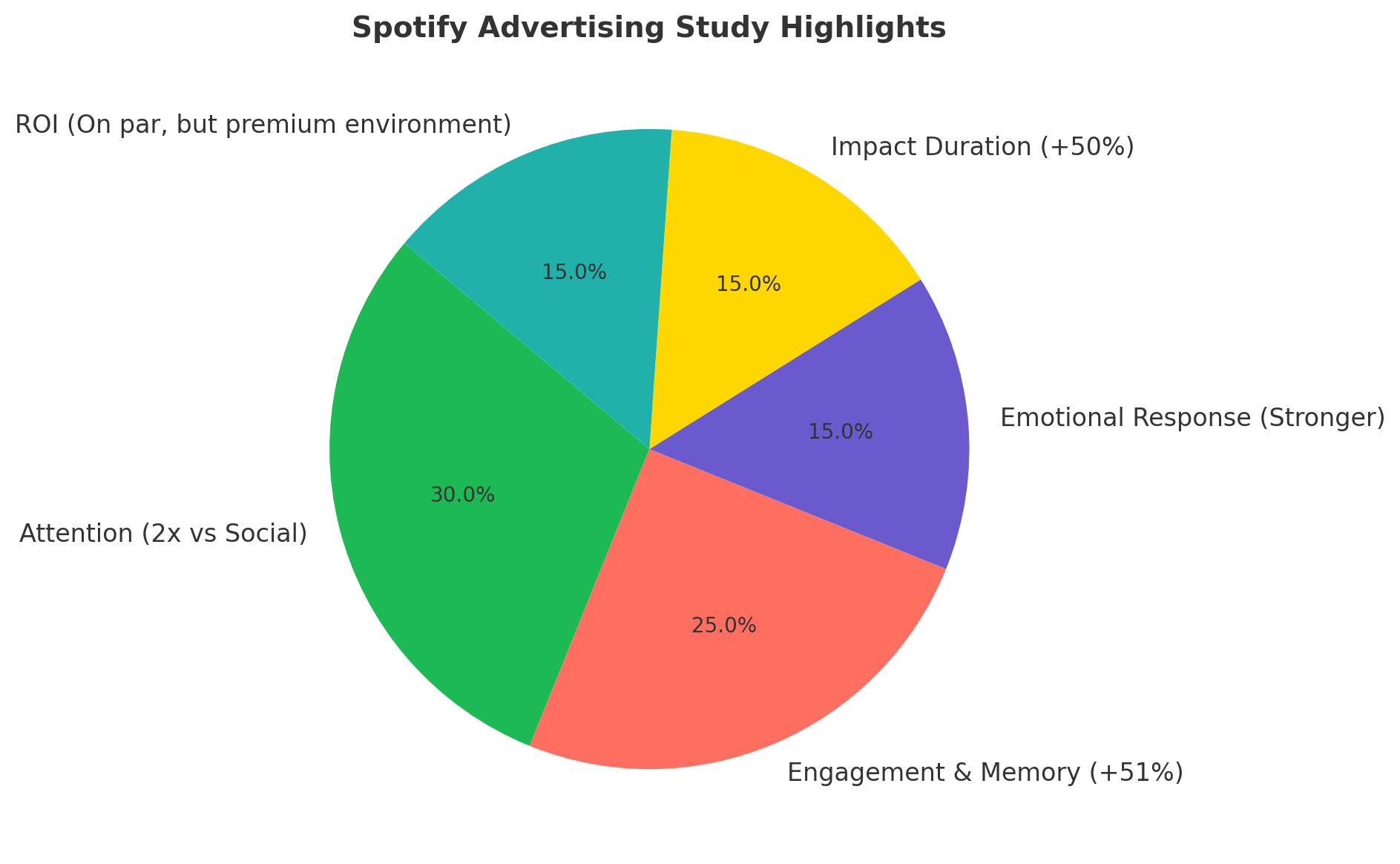
Sophistication of the Australian market
Jan Bojko, Spotify’s Head of Advertising Research & Measurement, told Mediaweek that Australia’s maturity as a market made it the right place to run such a study.
“Spotify has been pushing a lot more inventory in our formats to be available through various DSPs, and we’ve seen a huge uptake in Australia due to the sophistication of the market,” he said.
“So it’s kind of a no-brainer for us. If the maturity is there for audio, the maturity is there for programmatic. Let’s throw in the suite and measurement solutions we have at our fingertips to get a broader understanding of what this medium does.
“We’re very fortunate in Australia, not only from an audio perspective but also from a measurement perspective, to have so many vendors available to give us rich signals on true impact,” he said.
This sophistication, Bojko explained, set the stage for a deeper partnership with Bupa, Yahoo, Atomic 212, and research vendors to test how audio performs across contexts.
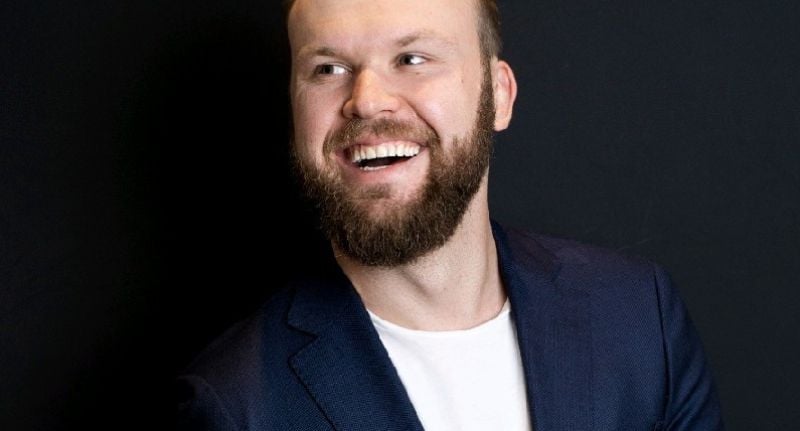
Jan Bojko, Spotify’s Head of Advertising Research & Measurement
Engagement that extends to advertising
Spotify’s strength, according to Bojko, is in how integrated it has become in people’s daily lives.
“We’ve seen through research, not only in Australia but globally, that we’re the number one home screen app,” he said.
“So people have this Spotify experience, whether they’re listening to music, watching video podcasts, listening to audiobooks – they’re integrating it within daily life. If they’re getting ready for work, entertaining kids during school holidays, or need a breather during events and celebrations, we can see that engagement from a consumer perspective.”
The research didn’t just measure audience response to content, it also highlighted how advertising benefits from what’s known as the halo effect.
Bojko explained: “The ads you serve, when and how often, clearly make an impact – and that’s reflected in the metrics.”
In other words, the placement and frequency of ads don’t just sit alongside the content; they actively shape how audiences engage and how results are measured.
What attention and neuro research reveal
Bojko also highlighted the role of attention and neuroscience in understanding the results.
“Attention and neuro research have been around for some time, but maybe not part of media planners’ and brand managers’ day-to-day,” he said.
“Generally speaking, attention has been positioned as a new way to rank the engagement with different kinds of ad formats.”
Neuro-Insight’s methodology involves participants wearing instruments that measure brain activity during ad exposure.
“They’ve identified the parts of the brain that light up when different reactions are happening – whether you’re having an emotional reaction, when you’re engaged or leaning into the content, and also when memory is being retained for further use,” he said.
The reporting gives brands an advertisers the ability to see these additional methodologies that from a different perspective, not just on short-term outcomes, but also on long-term brand strategy.
The Bupa campaign results reinforced this.
Spotify saw a 51% increase in content engagement, a 7% rise in ad engagement, and between 1.7x and 1.9x higher attention compared with social.
Bojko said these metrics suggest “one exposure goes much further because it has a different impact.”
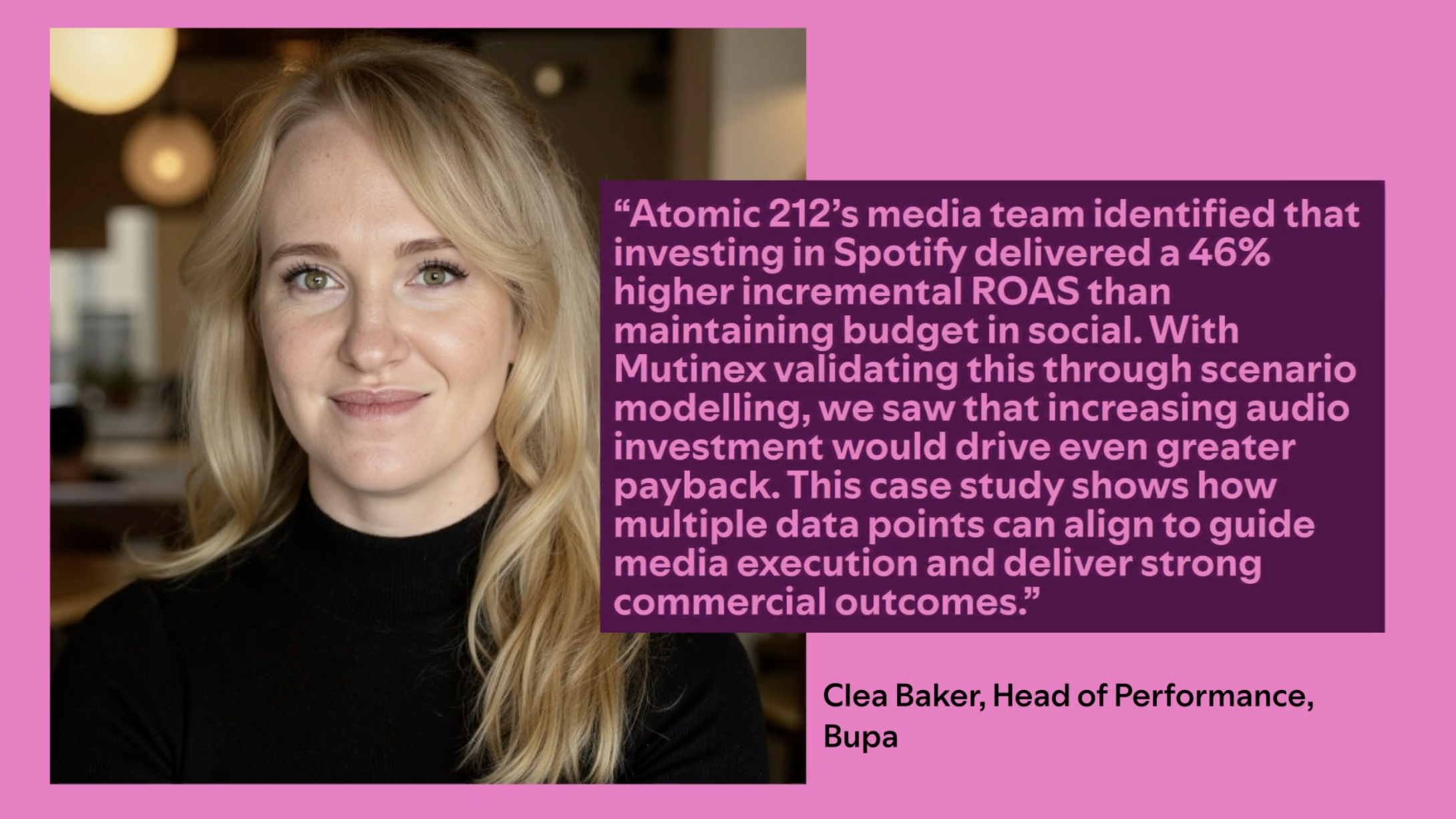
Sonic branding and consistency
Audio’s ability to encode memory was also on display.
“We were actually able to see the audio spot specifically, as that audio spot is playing, you can see the peaks and troughs in memory,” Bojko said.
“That memory encoding metric peaked when the Bupa brand name was spoken at the start and end of the spot, as well as when their sonic identity played.
“So being able to reinforce that across other mediums as well as audio-based platforms, and then being able to see it measured on Spotify using that neuro methodology, really shows how investments in audio can pay off, especially when you’re consistent and using it across multiple channels.”
For Bojko, the results demonstrate how brands can lean into culture and fandom to drive outcomes: “When brands meet consumers in the right places and moments, whether they’re commuting, celebrating or switching off, the message lands differently. That’s where audio can deliver real advantage – not just in attention today, but in memory and brand building over the long term.”
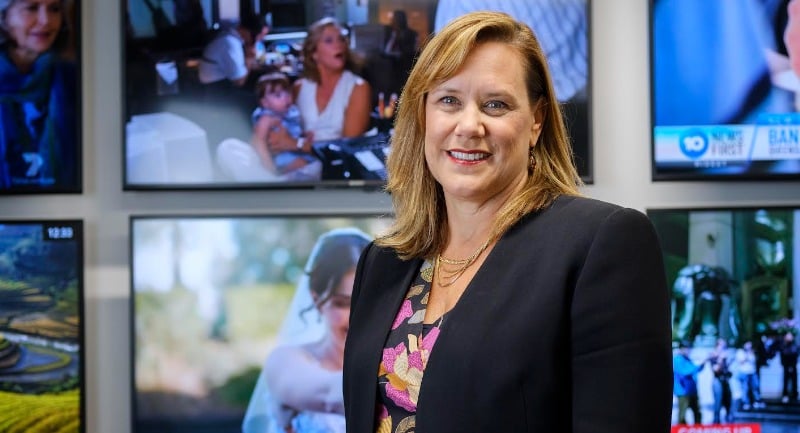
OzTAM adds Fetch TV as latest big data partner
OzTAM has announced Fetch TV as its newest big data partner, strengthening its proof-of-concept (POC) project designed to advance television audience measurement in Australia.
The deal will see Fetch contribute anonymous, aggregated Return Path Data (RPD) from approximately 700,000 households using its set-top boxes. RPD delivers second-by-second viewing insights, showing what content is being watched, when, and for how long across both broadcast and digital platforms. The inclusion of Fetch data is expected to provide more granular insights, particularly into regional viewing behaviour.
The initiative, launched in April 2025, combines big data from OzTAM’s existing partners Samba TV and Nexxen with its own internal datasets. Samba and Nexxen supply Automatic Content Recognition (ACR) data from over 2.2 million connected TV sets in Australia. This will be integrated with OzTAM and Regional TAM’s 8,300-panel homes and data from 16 million connected devices captured through the Video Player Measurement (VPM) service each month.
Karen Halligan, OzTAM CEO, said: “We are delighted to welcome Fetch TV as our latest big data partner as we look to further enhance Australia’s audience measurement capability. The inclusion of Fetch TV further strengthens our proof-of-concept and moves us closer to understanding the impact of incorporating big data sources into VOZ Total TV currency.”
Dominic Arena, Fetch TV CEO, added: “With our scale and presence in around 700,000 Australian homes and universal content viewed on our platform, this collaboration allows us to contribute to initiatives that enhance the accuracy and consistency of screen measurement across Australia.”
The POC is being delivered in two phases. Phase One focuses on scoping opportunities and benefits of combining big data with OzTAM’s core panel data. Phase Two will involve industry stakeholders in building a roadmap for integrating these sources into VOZ, the industry’s Total TV currency.
Big data in television measurement typically involves RPD from set-top boxes combined with ACR from smart TVs. Together, these sources capture both linear viewing and on-demand, multi-platform consumption, offering a more complete picture of how Australians are engaging with TV content.
Top image: Karen Halligan

For live music attendees, it isn't retail therapy - it's a much greater experience
Post-pandemic, it has been a slow walk back to many of the norms that we used to take for granted. In-store shopping is one of those behaviours.
Entertainment events company Live Nation, an organisation deeply invested in the live experience, conducted some research into what its customers are looking for from experiences which take them out of the house. One of the areas they explored was in-store shopping to see how shifting behaviour patterns had impacted Live Nation’s brand partners.
It stands to reason that a person engaging in live music would also be open to other sorts of live experiences. And the data bears this out.
Live Nation found that 86% of its customers are shopping more in-store this year than last year and that people are more likely to want an in-store experience when buying something expensive.
Mediaweek spoke with Kristy Rosser, Senior Vice President, Head of Media and Sponsorship for Live Nation ANZ about the findings from the survey and where the crossover exists between the live experience of seeing live music and popping out to a Westfield for an in-store retail visit.
Rosser started by pointing out something that seems obvious once it is pointed out to you: “Over 9 in 10 saying they have shopped at a retail store in person in preparation for or after a live music event – this is often finding your perfect outfit and accessories or investing in merchandise post event. Australians are leading this trend when compared to global audiences, and across all categories – from “high ticket” items to clothing purchases.”
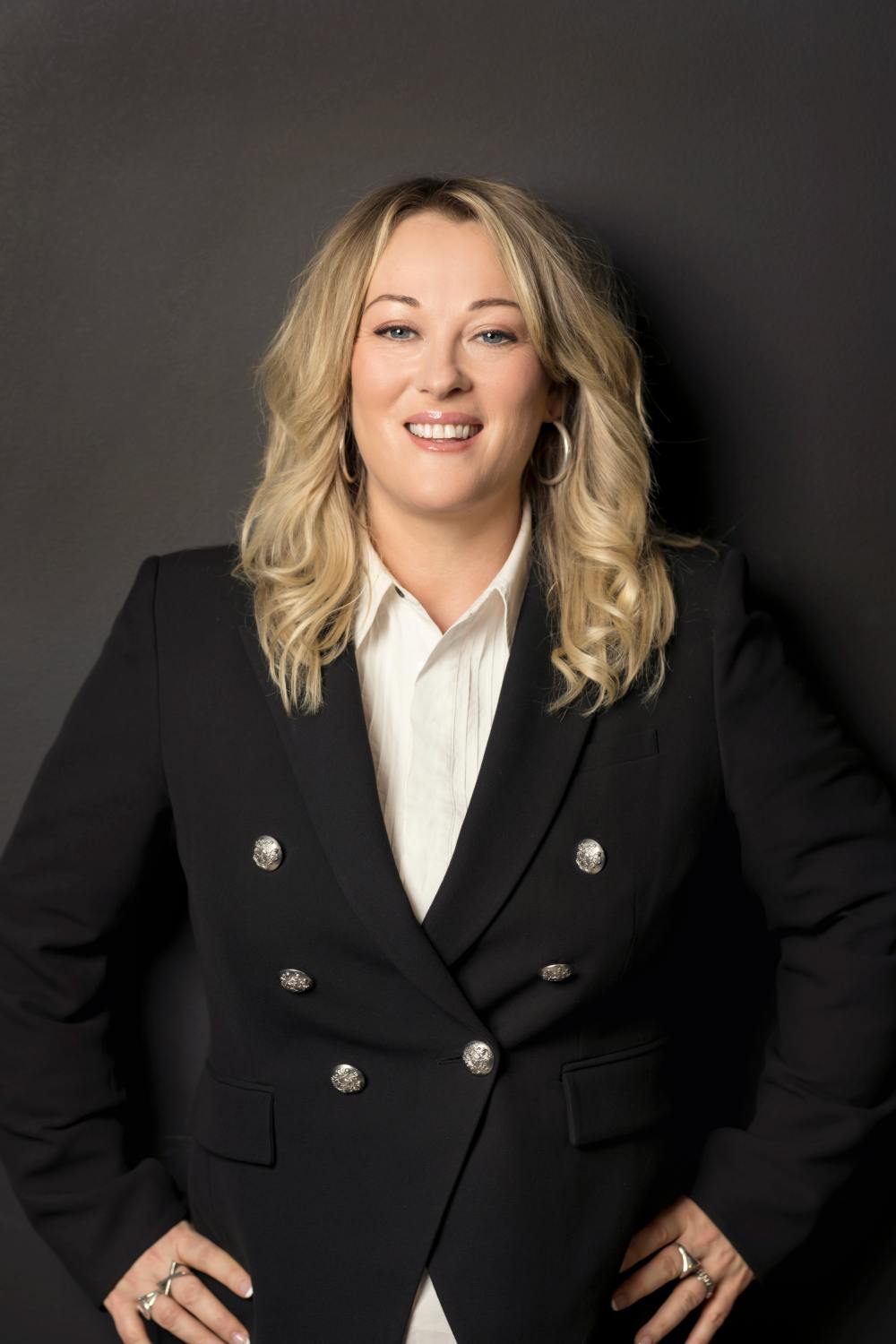
Kristy Rosser, Senior Vice President, Head of Media and Sponsorship for Live Nation ANZ
There’s also an appetite from Australian concert-goers for retail experiences at concerts than go beyond just buying the concert t-shirt. These might be pop-up stores or stalls selling co-branded merch. Rosser reports that they found “95% [of respondents] saying that they are more likely to notice a retail business if they saw it at a live music event, with the majority inclined to choose that retail brand over another as a result.
“Retail brands are also initiating their own cultural moments in music as a loyalty offering for their audiences. Our recent partnership with Platypus Shoes on their Kicks Club loyalty program for Gen Z is a great example of this. Kicks Club offers all of the exclusive perks you’d want from a loyalty program, but with the added benefit of live music experiences to align with Gen Z passions. This enhances the experience with the brand beyond retail to build long-term loyalty, making the customer feel valued and part of their VIP community.”
It’s very easy for people at a concert to feel like they are being price-gouged when they are being exposed to retail after buying what was likely already a pricey ticket to get into the show (on top of the outfit they likely bought to wear to the show). Any retail offers attached to the show needs to feel authentic.
“A great example of a brand that consistently delivers with their activations is Smirnoff. Their festival activations are not only iconic and memorable, but align seamlessly with the on-ground activity and what a fan needs and wants,” Rosser said. “Smirnoff’s ‘Club Fresh’ activation at the sold-out Spilt Milk festival featured a “Rave Cave” which took on key insights from our Gen Z study ‘Love Song’, showing that Gen Z wanted to attend a Rave. The activation was extremely popular and positioned Smirnoff as really understanding their audience and the experiences they were looking for.
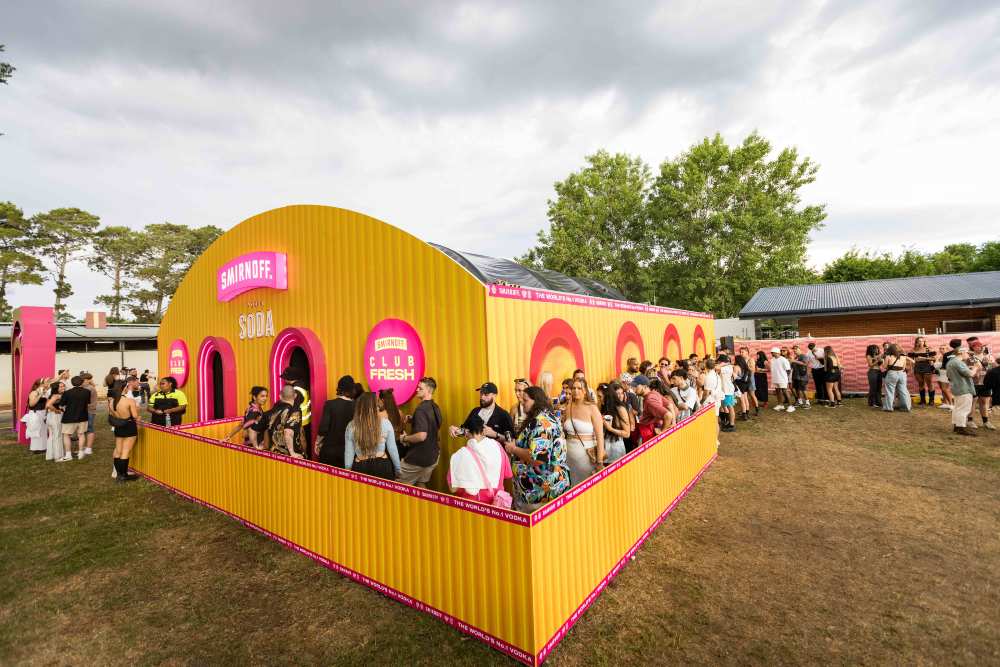
Smirnoff ‘Club Fresh’ activation. Photo credit: TheJamesAdams
“It all comes down to integration and authenticity at a live music event. We know that music is the number one passion for Australians, so it’s a very emotional moment for them to be seeing their favourite artists on-stage. Brands have the opportunity to be part of that iconic, memorable experience, but they also have a responsibility to elevate the experience. When done successfully, 94% say that brands that partner with a live music event care about their community, making them more culturally relevant and innovative – fans welcome them into this space.”
One of the reasons retail experiences work so well at music events is due to the heightened emotions surrounding the shows. Audiences often already have strong emotional ties to a musical artist they are seeing at a large-scale concert, making them more receptive to the full sensory experience of the venue.
“It’s a very powerful opportunity for brands to align themselves with fandoms and shape the future of music culture, particularly given two two-thirds of global audiences say that live music events are home to their favourite life moments,” Prosser advised.
For brands seeking co-branding opportunities with musical artists, there’s a great opportunity to extend their reach by connecting with fan passions.
“Brands are really considering the fan journey and meeting them at every touchpoint across categories such as fashion, beauty, food to co-branded merchandise,” Prosser said. “A great example of a co-branded partnership was Jack Daniel’s with G Flip on a limited edition tee to raise funds for charity Support Act. G Flip redesigned the Jack Daniel’s label, which was available for consumers to purchase at an intimate live music event in Sydney.”
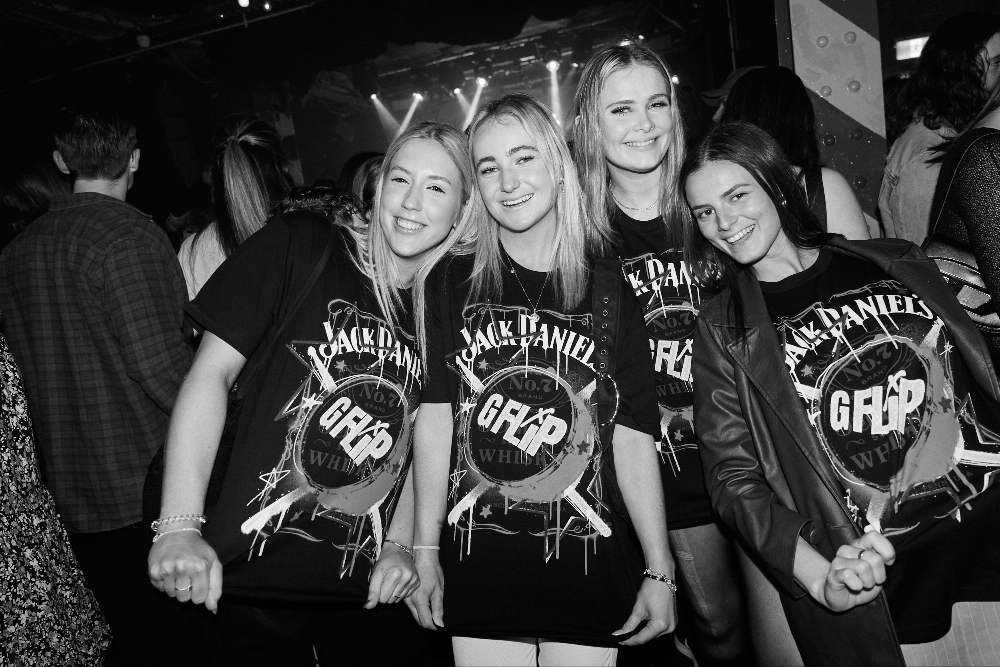
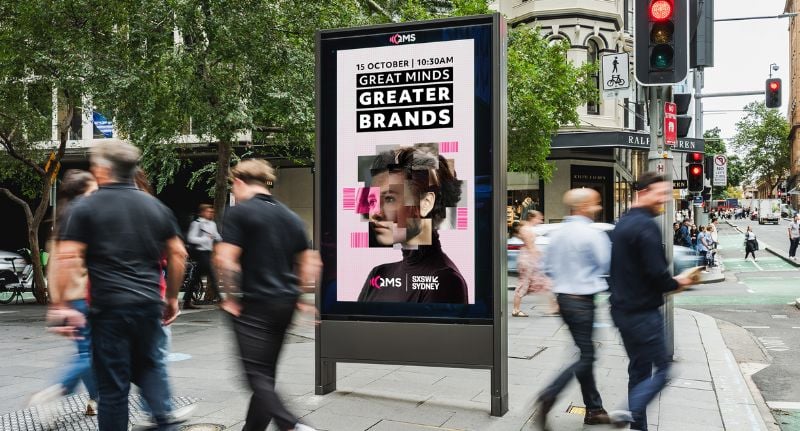
QMS to unveil global marketing insights at SXSW Sydney 2025
Marketers heading to SXSW Sydney 2025 will be treated to fresh insights from QMS, which is lifting the lid on what it takes to build brands that last in an environment where consumer behaviour shifts almost daily.
The outdoor media company has surveyed Australia’s top marketers, aligning its research with a parallel study conducted earlier this year by Ocean Outdoor UK.The result is a comparative look at how marketers across different hemispheres are navigating opportunities and challenges.
Findings will be revealed in the session Great Minds, Greater Brands: The Global Marketing Face-Off That Decodes The Future Of Enduring Brands on Wednesday 15 October at 10:30am at ICC Sydney.
A heavyweight panel line-up
Legendary media executive and QMS Global Advisor Anne Parsons will present the research before joining a panel of senior marketers including:
• Mat Baxter, Founder and CEO, Skingraphica
• Tony Broderick, Director of Marketing, ANZ, Netflix
• Georgia Bruton, CMO, Brown Brothers Family Wine Group
• Bianca Mundy, Head of Brand and Media, Coles
The session will form part of the Marketing & Media track, which QMS is sponsoring this year. Across the week, more than 60 sessions will explore advertising, the creator economy, and journalism.
Why the research matters
QMS Chief Strategy Officer Christian Zavecz said the session will cut through the noise of an increasingly fragmented marketing landscape.
“In a world where consumer behaviour shifts faster than campaigns can launch, this session will lift the lid on what truly matters to marketers today. Our collaboration with Ocean Outdoor UK provides a unique global perspective that will be invaluable for brands looking to future-proof their strategies.”
He added the findings will serve as “an invaluable pulse check for brands”, offering clarity to those looking to test or rethink their strategies.
Parsons agreed the timing is critical.
“The marketing landscape has never been more complex, and this research will provide clarity on the universal challenges facing marketers while highlighting the unique strengths of the Australian market.
“The insights will help shape how brands approach enduring success in today’s rapidly evolving environment,” she said.
SXSW Sydney expands its marketing focus
Running from 13 to 19 October, SXSW Sydney 2025 will feature more than 1,600 sessions and events, spanning music, film, gaming, professional development, and brand activations.
For marketers, the Great Minds, Greater Brands session signals how the festival is becoming an increasingly important forum for conversations about the future of advertising and brand building – not just in Australia, but on a global stage.
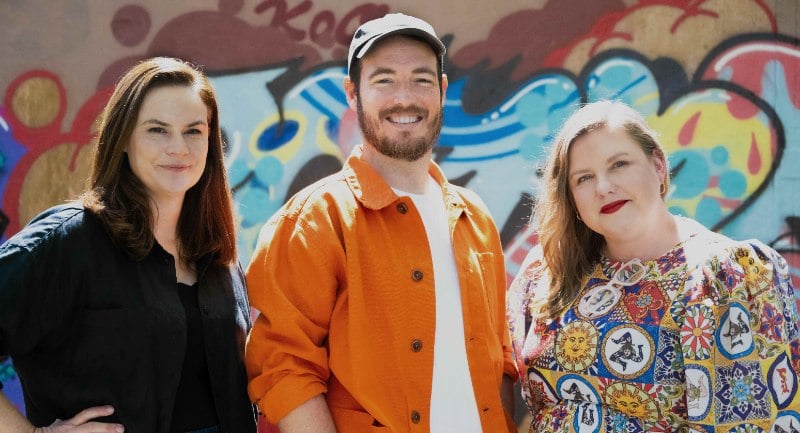
Apparent appoints three new creative directors, delivering on experience from R/GA, Canva and Dentsu
Independent full-service agency Apparent has strengthened its creative leadership team with three new senior hires: Sam McGuinness, Gillian Dalla Pozza and Leisa Ilander.
McGuinness joins Apparent as creative director, visual design, bringing experience from Canva, R/GA Sydney and New York, Turner Duckworth and Re. He will oversee the agency’s team of brand, visual and motion designers, working closely with creative director experience Cristina Douglas.
“It feels like no-one has quite cracked the integration of brand, visual and experience design,” McGuinness said. “What really attracted me to Apparent is the way they put the customer at the centre of everything, creating work that doesn’t just look good, it’s deeply connected to how people actually think, feel and behave.”
Former Dentsu Creative associate creative directors Ilander and Dalla Pozza have been appointed joint creative directors. The award-winning duo have worked together for more than a decade, most recently on campaigns for THE ICONIC that were recognised for their insight-driven and innovative use of media.
“We’re passionate about odd-shaped ideas that make people feel something and deliver real impact, especially in digital and social spaces,” Ilander said. “Apparent is a growing agency with the talent and firepower to bring those ideas to life.”
“Apparent is an agency with a shared vision, where big ideas, experience design and best-in-class execution all come together,” Dalla Pozza added. “The chance to join at such a pivotal moment and be part of the team that helps shape where the agency is headed creatively is hugely exciting.”
Hamish Stewart, chief creative and experience officer at Apparent, welcomed the hires: “I’m incredibly excited to have Sam, Gill and Leisa join the team. Modern brands are increasingly complex, coming to life across the brand experience. With the calibre of leaders we’re attracting, plus our flexibility, structure and scale, we can bring best-in-class thinking to clients at pace. Best of all, all three are already adding immeasurably to our brilliant culture.”
Apparent’s client roster includes Google, Volkswagen, Audi, Optus, Vanuatu Tourism Office and Tip Top. The agency now employs more than 180 staff across strategy, creative, media and production.
Top image: Gillian Dalla Pozza, Sam McGuinness and Leisa Ilander
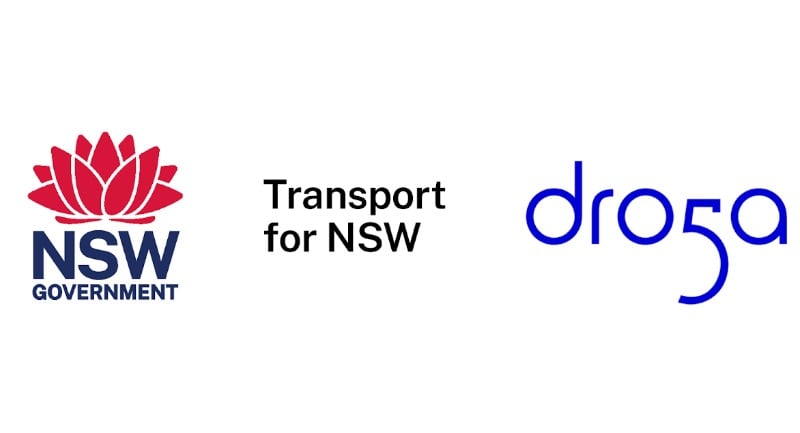
Droga5 ANZ wins Transport for NSW safety marketing account
Droga5 ANZ, part of Accenture Song, has been appointed the lead creative agency for Transport for New South Wales (TfNSW) safety marketing, following a competitive pitch process.
The agency will oversee TfNSW’s Road and Maritime Safety portfolio, developing behaviour change communication strategies designed to shift attitudes towards safety across the state’s roads and waterways.
Droga5’s remit includes campaigns on drink driving, speeding, enforcement, driver fatigue and maritime safety. Creative development is already underway for a motorcycle safety campaign.
Matt Michael, Droga5 ANZ CEO and Accenture Song ANZ Marketing Practice Lead, said: “We are delighted to partner with Transport for NSW, it is important work that can change behaviours and make a real difference in people’s lives. We look forward to working closely with Transport for NSW to create effective and impactful work that improves the safety of NSW.”
TfNSW has long been a major commissioner of public safety advertising in Australia, with campaigns such as Towards Zero becoming widely recognised for their influence on public behaviour.
The appointment further cements Droga5 ANZ’s position within the government and public safety sector, adding to its existing remit across brand and social impact communications.
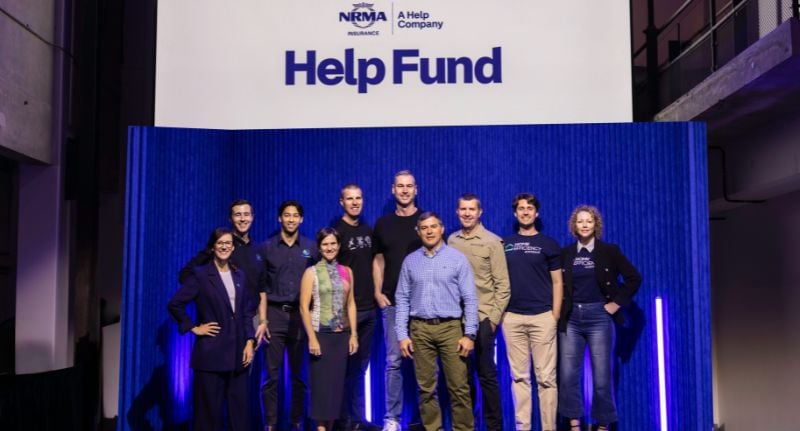
NRMA Insurance launches Help Fund to drive climate resilience
As part of its centenary year, NRMA Insurance has launched the Help Fund, a multimillion-dollar initiative designed to support climate resilience and prepare Australians for the next century.
The fund is the first in a series of initiatives rolling out under the brand’s positioning as “A Help Company,” developed in partnership with Accenture Song.
The launch follows the debut of NRMA Insurance’s new brand film The Lighthouse in September.
The Help Fund was announced with a newspaper wrap in The Daily Telegraph and The Advertiser via Initiative Media, with an earned campaign by Thinkerbell to follow.
A focus on innovation and community
In its first year, the Help Fund will provide $1 million across three areas: climate tech innovation, development of future climate leaders, and community-led resilience.
As part of the innovation stream, five Australian climate tech ventures have each been awarded $100,000 grants to help scale their solutions and deliver projects with community impact.
Australia is one of the most climate-exposed nations globally, facing increasingly frequent droughts, floods, cyclones and bushfires.
The economic and social costs continue to grow, particularly for vulnerable communities.
By investing in emerging technologies and ideas, NRMA Insurance hopes to support scalable solutions that create meaningful change.
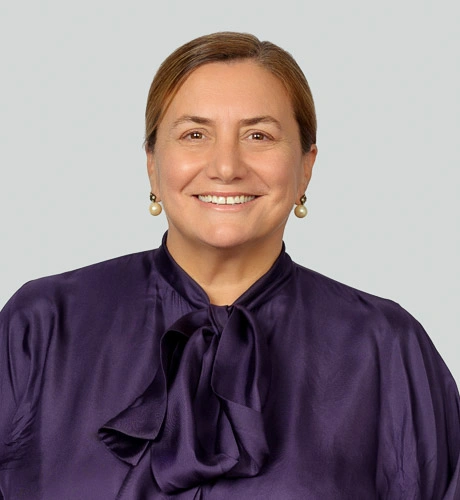
NRMA Insurance CEO Julie Batch
Backing local changemakers
NRMA Insurance CEO Julie Batch said collaboration and innovation are critical to protecting Australians from escalating climate risks.
“In a warming climate, extreme weather events are becoming more frequent and intense across the country. As a nation we must collaborate and innovate to build climate resilience and protect communities,” she said.
“Emerging technology is proving to be a powerful tool in this effort. Australia is home to world-class talent at the forefront of climate innovation, and through our Help Fund, we’re proud to support these five inspiring changemakers as they work to safeguard our future.”
To deliver the program, NRMA Insurance has partnered with Climate Salad, a network supporting the growth of Australian climate tech businesses.
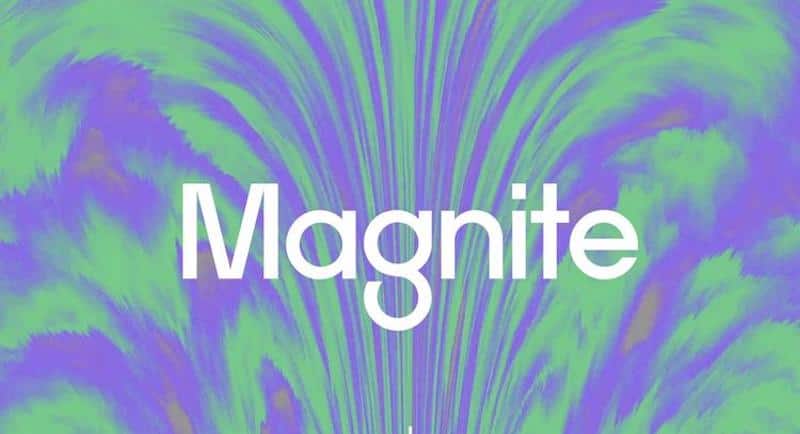
Magnite unifies curation and activation in ClearLine single workflow update
Magnite has announced a major evolution of its ClearLine platform, designed to unify curation and activation across its premium omnichannel supply relationships.
Launching in beta, the update will allow buyers and curators to discover, package and activate inventory in a single workflow. The platform will also integrate AI assistance and agentic workflows, powered in part by Magnite’s recent acquisition of streamr.ai.
Because ClearLine is built on the same infrastructure as SpringServe, Magnite’s video platform, curated campaigns will be executed closer to the impression. According to the company, this will improve data fidelity, reduce signal loss and strengthen return on ad spend. Buyers will also have flexibility to define deal terms, pricing and targeting directly, with access to first and third-party audiences through Magnite Access.
“The future of premium media buying lies in creating a frictionless path between advertisers and audiences,” said Mike Laband, Group SVP, US Revenue at Magnite. “This evolution of ClearLine simplifies this process by empowering advertisers with one tool to curate and activate campaigns across every screen, including streaming TV, where they can directly reach 109 million US ad-supported households.”
Agency partners and publishers welcomed the update. Jean Fitzpatrick, EVP, Commercial Strategy at IPG Mediabrands, said: “ClearLine’s unique capabilities provide us with a more simplified path to inventory, positioning us to drive greater performance and unlock new opportunities across CTV and omnichannel video.”
Marika Roque, Chief Innovation Officer at KERV.ai, added: “When you improve efficiency across our industry, you make room for meaningful innovation and change for good. Magnite’s ClearLine evolution does just that, streamlining access and reducing tech layers.”
From a commerce perspective, Carey Piraino, Director, Strategic Partnerships at Kinective Media by United Airlines, said the update “makes (it) achievable to… connect the right product to the right consumer at the right moment.”
Kelly McMahon, EVP, Global Operations at LG Ad Solutions, highlighted the ability to centralise data and inventory: “That ability to centralise assets allows us to effectively streamline programmatic monetisation, making it easier to preserve performance, maintain transparency, and scale curated offerings with efficiency.”
Meanwhile, Jill Steinhauser, Group SVP at Warner Bros. Discovery, said: “ClearLine enhances our strategic initiatives at WBD to simplify access to our premium storytelling across every screen while driving stronger performance outcomes for advertisers.”
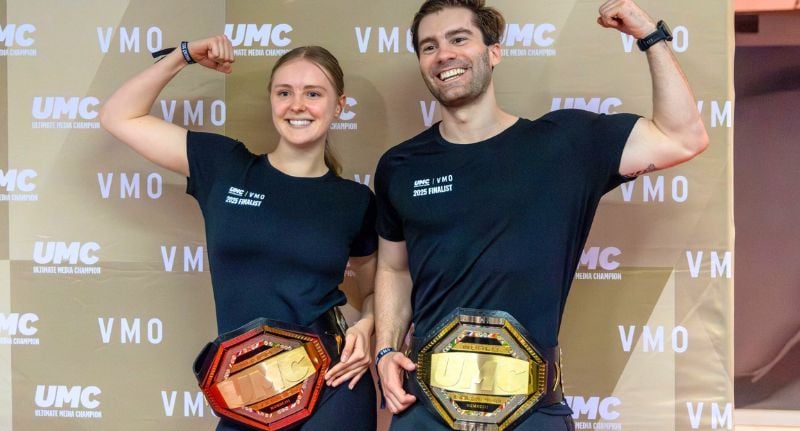
VMO crowns winners of 2025 Ultimate Media Champion
VMO has wrapped up its second annual Ultimate Media Champion competition, bringing together more than 250 agency professionals from Sydney, Melbourne and Brisbane for a six-week program focused on health, fitness and mental well-being.
The initiative, which ran across Fitness First and Goodlife Health Clubs within the VMO Active network, combined weekly in-person training with expert-led webinars on nutrition and mental health delivered by Gotcha4Life.
The program culminated in a final high-intensity circuit designed by Fitness Lifestyle Group.
Andy Chamoun, executive general manager FLG Australia, said: “We’re proud to be partners of the Ultimate Media Champion for the second year in a row, to bring this incredible, high-impact event to life through the combination of the VMO Active network and our dedicated trainers.”
Winners announced
Six participants were named Ultimate Media Champions, judged on their commitment throughout the program and performance in the final challenge. Winners and runners-up shared in a $50,000 prize pool.
Paul Butler, managing director of VMO, highlighted the program’s broader impact: “This year’s Ultimate Media Champion has once again proven the positive impact that health and wellness can have on this industry.
“It’s been incredible to see so many agency professionals actively participating and supporting one another throughout their wellness journey, week after week. It has really shown the strength and unity of our media community,” Butler said.
2025 Ultimate Media Champions
Sydney
Winners
Amy Tran: Mindshare
Thomas Grainger: Wavemaker
Runners up
Michaella Williams: EssenceMediacom
Karem Elsayed: Wavemaker
Melbourne
Winners
Janet Xu: Wavemaker
Joshua Lau: Mindshare
Runners up
Jennifer Kong: Wavemaker
Steven Thai: Principle Media Group
Brisbane
Winners
Claire Pretorius: OMD
Sam Carlin: Dentsu
Runners up
Inez Ormrod: EssenceMediacom
Tom Sterling: Scout Frontier
Main image: Claire Pretorius: OMD, Sam Carlin: Dentsu
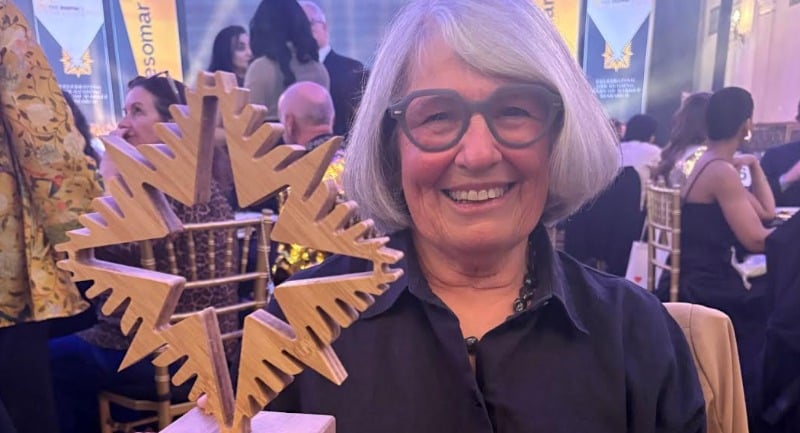
TRA wins global recognition at Esomar Awards
TRA has been awarded Gold for Excellence in Global Research at the 2025 Esomar Awards, announced in Prague on September 30.
The independent research and insights agency was recognised for its collaboration with DDB (Doyle Dane Bernbach) Worldwide on the Feels Barometer, a tool designed to measure and decode human emotions at scale. The innovation enables brands to create more memorable and resonant work by drawing on TRA’s expertise in advanced projective techniques.
The Esomar Awards celebrate leading innovators in market research who advance the industry through creative, impactful approaches to understanding human behaviour.
Terri Hall, managing partner at TRA, said: “We are incredibly honoured to be recognised on the global stage in such a highly contested awards system. It was a deeply collaborative effort with our partners at DDB, and it is hugely rewarding to see what started as a bold vision realised as a game changing tool that is being used by the DDB team globally.”
The project was led by Tara Howes, business director at TRA, who added: “The Feels Barometer showcases how innovation in insights can empower creativity, helping brands stand out in a cluttered world of consumer indecision and confusion. We are proud of our partnership with DDB and creating a world-first tool to help brands grow by connecting with their audiences in a more meaningful way.”
The award marks a major global recognition for TRA, which is headquartered in Sydney and works with clients across Australia and internationally.
Top image: Colleen Ryan
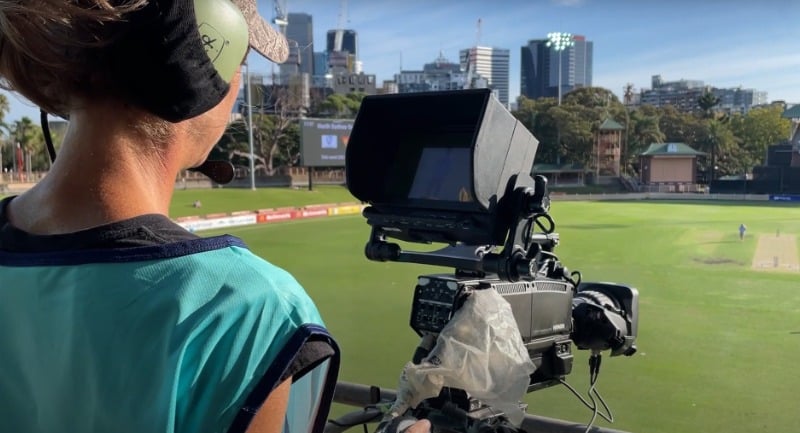
Gravity Media to deliver 350 hours of live cricket this summer
Gravity Media will deliver more than 350 hours of live cricket coverage this summer in an expanded broadcast and technology partnership with Cricket Australia.
The 2025–26 summer will see Gravity Media provide coverage across more than 60 days of domestic and representative cricket, including the One Day Cup, Women’s Big Bash League (WBBL), Women’s National Cricket League (WNCL), Sheffield Shield (including the Final), and matches featuring the Prime Minister’s XI and Governor General’s XI.
Coverage will be distributed across Fox Sports and Kayo in Australia, Fancode in India, and globally through CA Live and cricket.com.au.
New broadcast innovations
A key development this season is Gravity Media’s proprietary CelBo remote broadcast production solution. Designed in Australia, CelBo uses cellular and cloud-based technologies to deliver live camera and audio feeds back to Gravity Media’s production centres in Sydney and Melbourne. The system allows for full production workflows including graphics and replays without the need for large on-site crews.
Gravity Media will also deploy its high-definition outside broadcast trucks and remote production technologies throughout the season. Boost Graphics, the company’s international graphics subsidiary, will supply an updated on-screen graphics suite for Cricket Australia matches, enhancing coverage for domestic and international audiences.
Ninth season of partnership
This summer marks the ninth year of Gravity Media’s broadcast relationship with Cricket Australia. The company began its 2025–26 commitments last month with coverage of the Under-19 men’s series between Australia and India, and will next deliver the Sheffield Shield fixture between Western Australia and New South Wales at the WACA Ground from 4 October.
Dan Allan, content manager, broadcast at Cricket Australia, said: “Gravity Media have been a brilliant production partner to cricket for almost a decade and we look forward to continuing that partnership in 2025–26. GM’s commitment to innovation and their flexible production services have allowed us to unlock more content for fans than ever before – helping us to deliver what will no doubt be the biggest summer of cricket in Australian history.”
Nigel Naseby, account manager – media services and facilities at Gravity Media in Australia, added: “We are dedicated to building on this foundation, working hand-in-hand with Cricket Australia to continue developing our cutting-edge broadcast technologies, ensuring we deliver another compelling and innovative cricket season over the coming months.”
The announcement extends Gravity Media’s portfolio of major sports productions in Australia, which also includes the Australian Open, Melbourne Cup, Bathurst 1000, A-Leagues, AFLW, NRLW and the Sydney Hobart Yacht Race.
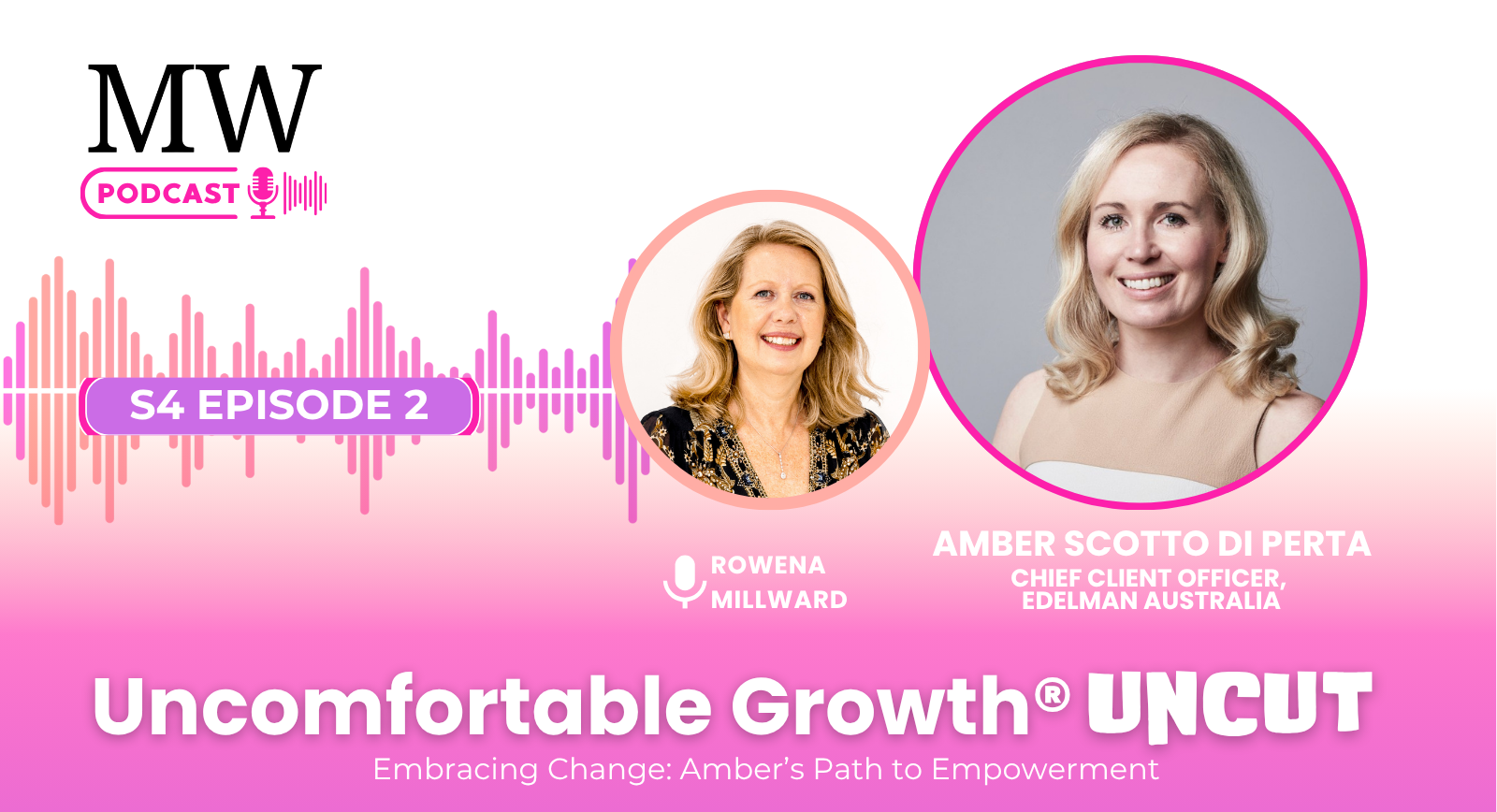
Uncomfortable Growth® Uncut. Season 4, Episode 2 – Amber Scotto Di Perta
In the latest episode of Uncomfortable Growth Uncut, host Rowena Millward sits down with Amber Scotto Di Perta, Chief Client Officer, Edelman Australia, to discuss her deeply personal journey of loss, resilience, and growth. Amber’s story is one that many can relate to, as it touches on the complexities of motherhood, mental health, and the challenges we face in both our personal and professional lives.
Amber opens up about the devastating loss of her mother, who struggled with severe depression and ultimately took her own life. This life-altering event occurred while Amber was building her career in London, leaving her feeling lost and in free fall. She reflects on how this traumatic experience forced her to become more self-reliant and ultimately shaped her into the strong leader she is today.
Throughout the episode, Amber emphasises the significance of support systems—both in personal relationships and within the workplace. She highlights how strong female leaders have played a crucial role in her career, providing encouragement and opportunities for growth. This discussion leads to a broader conversation about the need for workplaces to support working mothers and create environments where women can thrive.
Amber’s journey is a testament to the power of resilience and the importance of embracing uncomfortable growth. She encourages listeners to take care of themselves, prioritise their mental health, and be open to seeking help. As she reflects on her experiences, Amber reminds us that healing is not a linear process, and it’s essential to give ourselves grace as we navigate life’s ups and downs.
My three favourite quotes from Amber’s story are:
“I think the true hallmark of a great leader is being able to bring out the best in people, recognise those talents, harness them, elevate them.”
“Don’t be afraid to part ways with the things or the people that don’t serve you.“
“Be the driver, not the passenger. Know where you’re going, know your destination, enjoy the journey, but don’t trade and make provisions for the twists and turns that are going to happen inevitably that life will throw at you on the way.”
Tune in to Uncomfortable Growth Uncut for an inspiring conversation that will leave you feeling empowered and motivated to embrace your own journey of growth.
The world doesn’t need more stories of success; it needs honest conversations about hard challenges, vulnerability, and proof that trials can ultimately become triumphs.
That’s why the Uncomfortable Growth® Uncut podcast was born. It’s a reminder that struggle and success are intrinsically linked, that growth is rarely easy, and that the moments we feel most uncomfortable are where our greatest breakthroughs lie.
Media
SCA pushes SWM merger as investors split
The Australian Financial Review’s Sam Buckingham-Jones writes that while Mackay-Cruise says support is strong, major investor Gabriel Radzyminski isn’t convinced.
The Sandon Capital boss, holding 11% of Southern Cross, called the deal “deworsification” and warned it could sink value.
Bruce Beresford slams Trump’s film tariff plan
As The Daily Telegraph’s Jonathon Moran writes, Beresford called the announcement “mad” and asked how a movie could be treated like “boxes of butter or bits of steel”.
Legal
Rinehart sidesteps Roberts-Smith funding questions
As The Australian’s Stephen Rice reports, Roberts-Smith still owes about $1.5m in legal costs, on top of the $900,000 he’s already paid as security.
Brands
Ferrari names new Australasia boss as sales accelerate
As Forbes Samuel Hussey writes, Comelli, with two decades at Ferrari and a past stint in F1 engineering, called the role both a privilege and a challenge, highlighting plans to strengthen ties with clients and fans.
Social media
Snapchat puts a price on Memories
The BBC’s Liv McMahon reports that the change comes as part of a global rollout, though Snap hasn’t revealed what the storage plans will cost.
AI
AI takes the director’s chair in new Italian film
Italian producer Andrea Iervolino has pulled back the curtain on what he’s calling the first movie directed by artificial intelligence.
According to Deadline’s Jake Kanter, the project, The Sweet Idleness, is led by “FellinAI”, a virtual director designed to channel the dreamlike style of classic European cinema.





